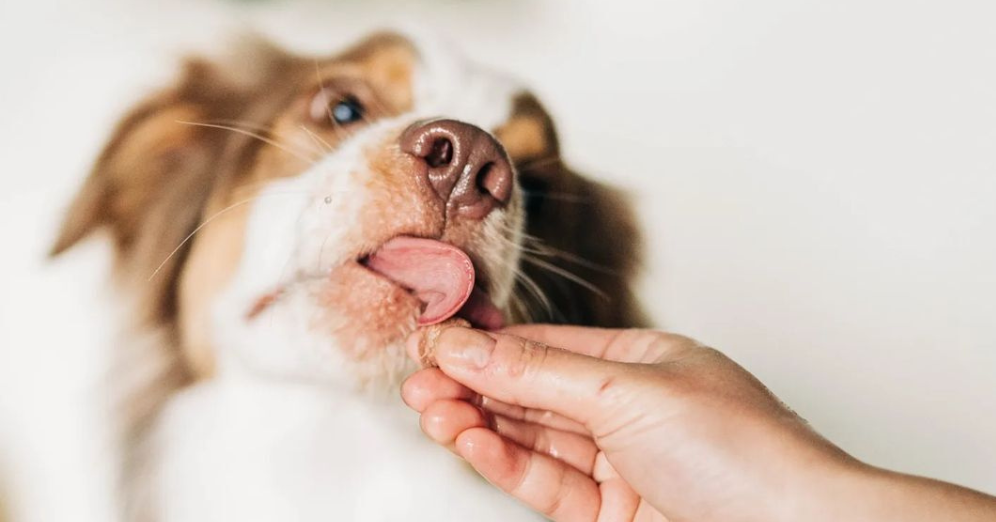A series of educational pet nutrition blogs written by pet experts, just for pet parents.
The Raw Difference with Primal Pet Foods
Posted on 01.26.2024
When it comes to food trends and diets, humans aren’t the only ones that see trends come, go, and change throughout the years.
The first kibble entered the market less than 100 years ago, and in 1993, Dr. Ian Billinghurst first launched the idea of giving a dog a “raw diet” composed of ingredients like animal-based skeletal muscle, bones, offal, fats, oils, fruits, vegetables, grains, seeds, and more. Dr. Billinghurst coined the acronym “BARF” (biologically appropriate raw food) diet which translates to today’s “RMBD” (raw meat-based diet).
Today, fresh and raw meat-based diets in fresh or frozen, freeze-dried, and gently-cooked forms can be found on shelves and in the freezer sections of many pet supply stores, including Treats Unleashed as well as other national chains.
Why have fresh and raw diets in pet food seen such a skyrocket in popularity over the years? The success is largely attributed to reports of beneficial changes to skin and coat, reduced allergies, strengthened immune systems, and even increased vitality. Factors include:
-
Ingredients in raw diets are often minimally processed or unprocessed, which may make them more readily digestible to dogs and cats.
-
Many of these same ingredients are rich in functional micronutrients that may play preventative roles.
For example, a 2016 study conducted by Hamper et. al observed was that kittens fed either raw diet had greater crude protein, dry matter, and gross energy digestibility than kittens fed the canned diet. The raw-fed dogs and cats also exhibited healthier skin and coats.1
In a 10-year observational study out of the University of Helsinki published in 2021, researchers found that feeding a raw-meat based diet to puppies from 1-2 months of age resulted in a reduced likelihood of developing atopic dermatitis in adulthood. In those same periods, feeding a processed diet resulted in a higher risk of developing atopic dermatitis.2
Feeding your pet any percentage of raw and fresh foods can be beneficial. Companies like Primal offer an abundance of easy-to-add Toppers in unique and tasty flavors like Omega Mussels, Awesome Squash and Power Greens.
Another way to implement raw ingredients into your pets’ diet is through liquid additions and hydrators like Primal Bone Broth or Raw Goat’s Milk. In addition to hydration and adding essential moisture to meals, bone broth includes beneficial nutrients to support joint health, digestion, and liver health. The gelatin can also aid in digestion, and the formula is suitable for both dogs and cats. Primal’s Raw Goat’s Milk delivers a blend of three beneficial microorganisms and added probiotics for digestive support. It is also sourced from certified humanely raised goats.
With proper feeding and portion control, raw additions and foods can be a gamechanger in ensuring the health and happiness of your four-legged companion for years to come.
James Templeman, PhD, Primal Pet Foods
References:
1) Hamper BA, Kirk CA, Bartges JW. Apparent nutrient digestibility of two raw diets in domestic kittens. J Feline Med Surg. 2016 Dec;18(12):991-996.
2) Anturaniemi J, Zaldívar-López S, Savelkoul HFJ, Elo K, Hielm-Björkman A. The Effect of Atopic Dermatitis and Diet on the Skin Transcriptome in Staffordshire Bull Terriers. Front Vet Sci. 2020 Oct 16;7:552251.
